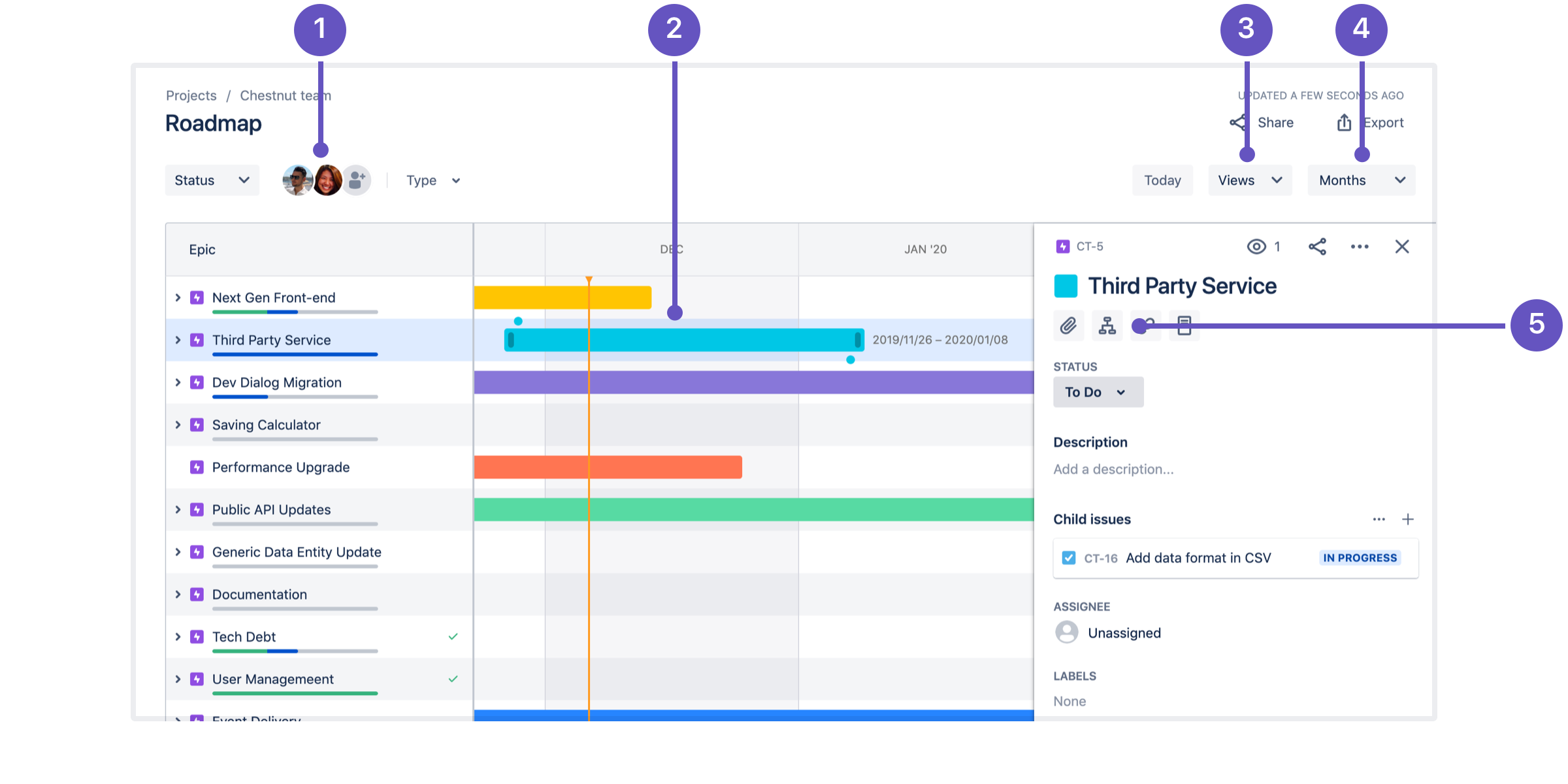


Word docs, Evernote files, email, PDFs, even Post-it notes. Learn more by reading Confluence 101: organize your work in spacesĬonfluence 101: organize your work in spacesĬhances are, the information you need to do your job lives in multiple places. The more you learn to do in Confluence (adding tables and graphs, or embedding video and links are great places to start), the more engaging and helpful your pages will become. Your spaces should be filled with pages that document your business processes, outline your plans, contain your files, and report on your progress. Confluence pages offer a lot of flexibility in creating and storing information, and there are a number of useful page templates included to get you started, like the meeting notes template. If you're working on something related to your team - project plans, product requirements, blog posts, internal communications, you name it - create and store it in a Confluence page. The key is to think of a space as the container that holds all the important stuff - like pages, files, and blog posts - a team, group, or project needs to work. If you'll be working in Confluence with several other teams and departments, we recommend a space for each team as well as a space for each major cross-team project. Everything your team is working on - meeting notes and agendas, project plans and timelines, technical documentation and more - is located in a space it's home base for your team.Ī small team should plan to have a space for the team, and a space for each big project.


 0 kommentar(er)
0 kommentar(er)
